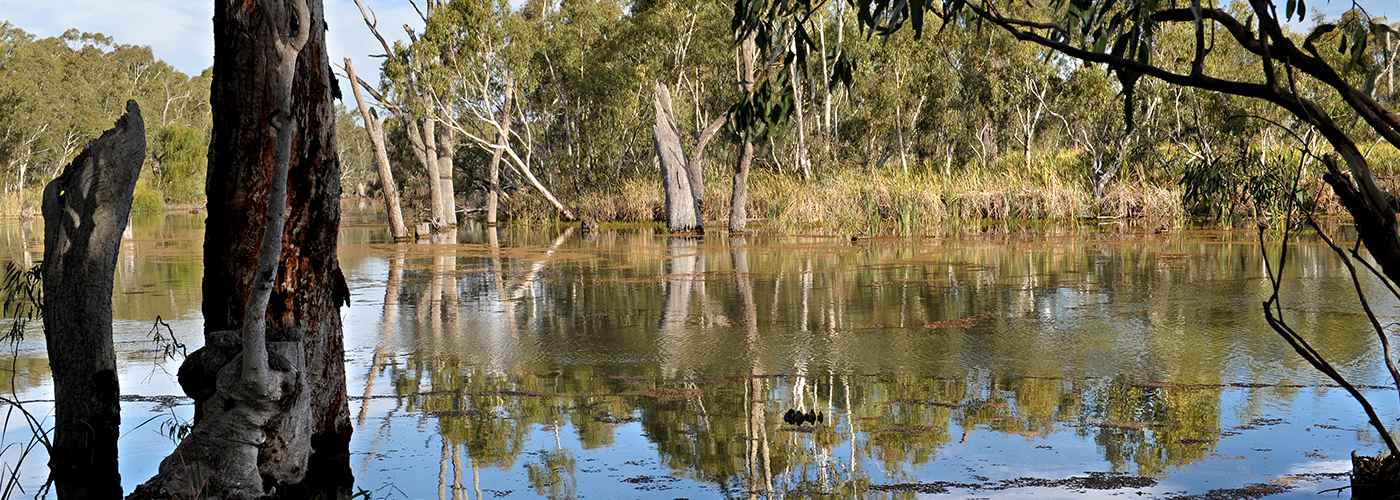Characteristics
- Higher annual temperature
- Mix of agricultural, grazing and bush
- Vast region with large Mallee parks
- Small population, living largely in safe rural cities
- Dry region with mix of growth stages, with much native vegetation dependant on fire to regenerate
Fuel management
- Large strategic fire breaks in northern Mallee parks to stop small fires from becoming large bushfires
- Fuel reduction on edge of Mallee parks near communities
- Planned burning to reduce fuel in large areas of public land
- Planned burning undertaken for risk reduction and ecological resilience objectives
Bushfire risk
Within the Loddon Mallee region in 2019-20, estimated bushfire risk was projected at around 72%.
Most risk is concentrated in a small number of localities, so the risk profile is very sensitive to small changes in fuel around these places. The remaining risk within the landscape mostly arises from private farming land and small parcels of vegetation, where it is more difficult to manage fuels with planned burning.
Bushfire risk s projected to remain near 70% through to 2023 if the entire Joint Fuel Management Program (JFMP) is implemented but would continue to increase to a projected 78% by 2023 without any fuel management or bushfires.

Environmental metrics
Understanding the impact of fire on ecosystems requires first being able to define and measure ecosystem resilience. Tolerable Fire Interval and Vegetation Growth Stage Structure are used as indicators of ecosystem resilience at a regional level. These allow us to better understand ecosystem resilience and the impacts of fire.
Current and historic Tolerable Fire Interval and Vegetation Growth Stage Structures for the Loddon Mallee region are available in the Fuel Management Report
Strategic bushfire management planning
Strategic bushfire management planning is about bringing together land and fire managers, communities and stakeholders to develop a common understanding of bushfire risk and determine strategies and actions to reduce that risk.
This planning is informed by world-leading, bushfire behaviour modelling and research into community values that can be affected by bushfires. It brings together multiple perspectives to set agreed objectives for regional bushfire management.
The key output of strategic planning is six new Bushfire Management Strategies aligned to each of the Victorian Government Regions:
Download the Loddon Mallee Bushfire Management Strategy (PDF 10.8MB)
Download the Loddon Mallee Bushfire Management Strategy (Word Accessible 17MB)
The Strategic bushfire management planning process is jointly delivered by Forest Fire Management Victoria (FFMVic), Country Fire Authority (CFA), Emergency Management Victoria (EMV), and local government in consultation with communities. For more information about the Strategic Bushfire Management Planning process, see the Strategic Bushfire Management Planning page.
Page last updated: 26/09/23